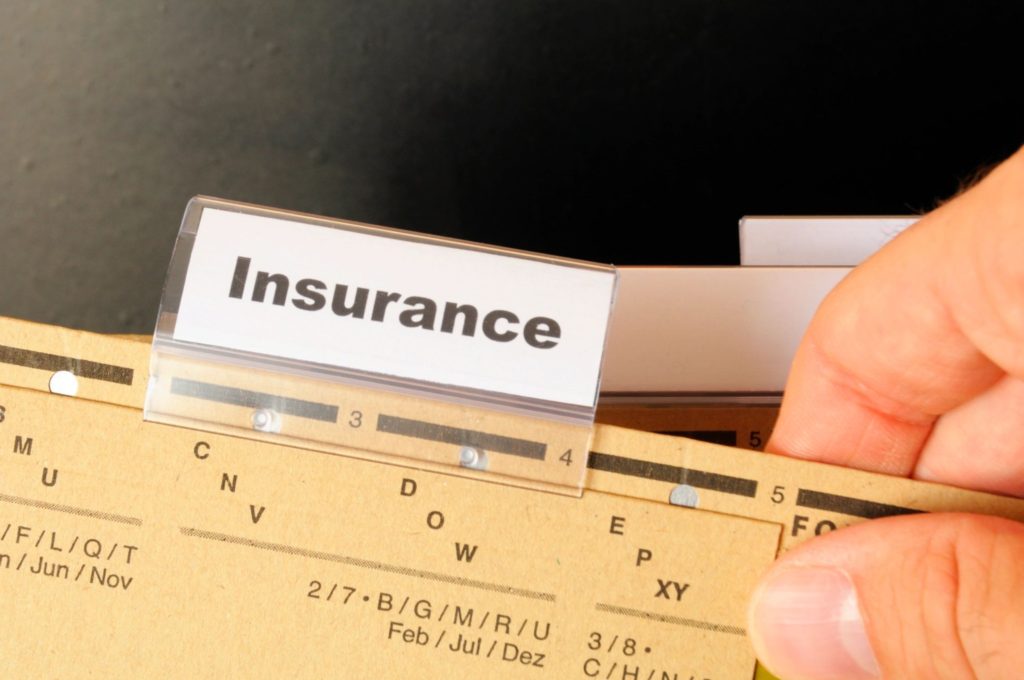Cycling has been given a significant amount of attention in recent years because of its potential to increase mobility, reduce negative environmental impacts brought about by other means of transportation and alleviate traffic congestion in other possible areas. Not only that, it is also one of the best forms of exercise anyone can do. It gives your heart and your circulatory system a good workout, reduces your stress levels, improves your coordination, builds your stamina, helps you burn 300 – 700 calories an hour, helps develop your muscles and, if you have your own bike, it is free and can be done just about anywhere.
Many are now hitting the road and have decided to be more health-conscious and earth-friendly by cycling to work. However, there may be loads of things you might not be sure of or might need to be reminded about. Do you know that in the states, 2% of their road accidents are caused by cyclists[/ref]? In my many months of cycling and many instances of meeting other cyclists, here are some of the things I have learned. It all boils down to safety, comfort and enjoyment to improve your performance on the road:
Don’t try to fit into a bike that is not tailored for you. Each one of us has a different arm, leg and torso lengths. Visit your bike shop and have your bike effectively tailored to the size of your body. Except for the frame that has to fit you from the start, adjustments can be made on your handlebars, wheels, gears, saddle, and brakes in order to match your size and your riding ability.
Tip: To find the right frame size, all you have to do is straddle the bike and stand flatfooted. On a mountain bike, there should be three inches or more between your groin and the top tube. if on a road bike, one to two inches is recommended.
Handlebars must be positioned correctly – it must be an inch lower than the top of your seat. Drop handlebars should be as wide as your shoulders or maybe slightly narrower. If you suffer from neck or back discomfort, upright handlebars are for you.
Protect your knees. Position your saddle correctly such that at the bottom of the stroke, your knee must only be slightly bent. If your knee is bent too much, the seat is too low (or the bike is too small). This will decrease your stroke power and also strain your knees. You’ll know if the seat is too high when you have to reach for the pedal or your knee locks when you extend, which eventually causes stress.
Always wear a bike helmet. Head injuries account for a huge percentage of most deaths related to cycling. An estimated 85% of head injury risks may be reduced by helmet use. Most of the modern cycling helmets are well ventilated and lightweight. Choose one that has a light reflector and brightly colored. Above all, make sure that the helmet fits you properly. It should sit horizontally on your head and should not move about. Invest in a good quality helmet as your life may depend on it in case of an accident. If you value your head, you should make this your top priority.
Don’t carry the load. Invest in a seat-pack, some panniers or a handlebar. There are now a lot of excellent bike-specific carrying systems that will make your exercise, tour, shopping trip or commute much easier. Do not load and punish your back!
Don’t use headphones. A research conducted by the National Highway Traffic Safety Administration confirms that there are a lot of accidents that cyclists can avoid if they only listen properly. When your sense of hearing is not obstructed, you get to listen to your surroundings better. You can tell what is happening behind you such as the type of vehicle that is approaching, its size, it’s proximity and its speed. You will also be aware of the dogs that might chase you, among other obstacles.
Always be a defensive biker. Use hand signals. When you are about to change course, point to the direction you want to go. This will avoid accidents between you and the other cars, motorists and other bikers.
Attract Attention. Use your bell or your bicycle horn when necessary and watch out for people who don’t look or listen. Just because you know the road rules does not mean everyone else does.
Read the signs. You are lucky if you have signs, signals and lanes intended for cyclists. Not all countries have that. If you do, respect and follow what it says.
Think of yourself. Just because you are a foreigner in a place does not give you the excuse to use the adage ‘when in Rome, follow what the Romans do.” Some people do not use lights, do want to wear helmets, continue chatting on mobile phones and zip past other bikers without warning. Do not follow them.
Know where to walk. Walk with your bike on the sidewalk or on pedestrian areas only.
Check the map. There are mobile phone applications and maps that provide help and support with your best route. It is more efficient and a lot less dangerous than ‘guestimating’ your location.
Get a rear light and wear a reflective vest. This high-quality reflective gear will help you become more visible not only at night but also during the day. When you hear a motorist approaching, straighten up into a vertical position to make your gear more noticeable.
The road is not all yours. Don’t ride side by side with another cyclist.
Make sure they have seen you. If you can make eye contact with drivers as you pull into an intersection or make a turn, do it so they know your intentions and you know that they’ve seen you.
Security For Your Bike. Always lock your bike when you leave it. Bike theft is very rampant in many parts of the world. When locking it up, use a heavy chain or U-lock around a permanent structure such as a bike rack, a bridge or a pole.
Remember that for every turn of the wheel, you are burning your calories, building your strength and achieving wellness.


